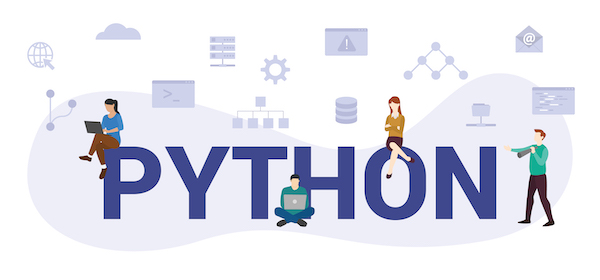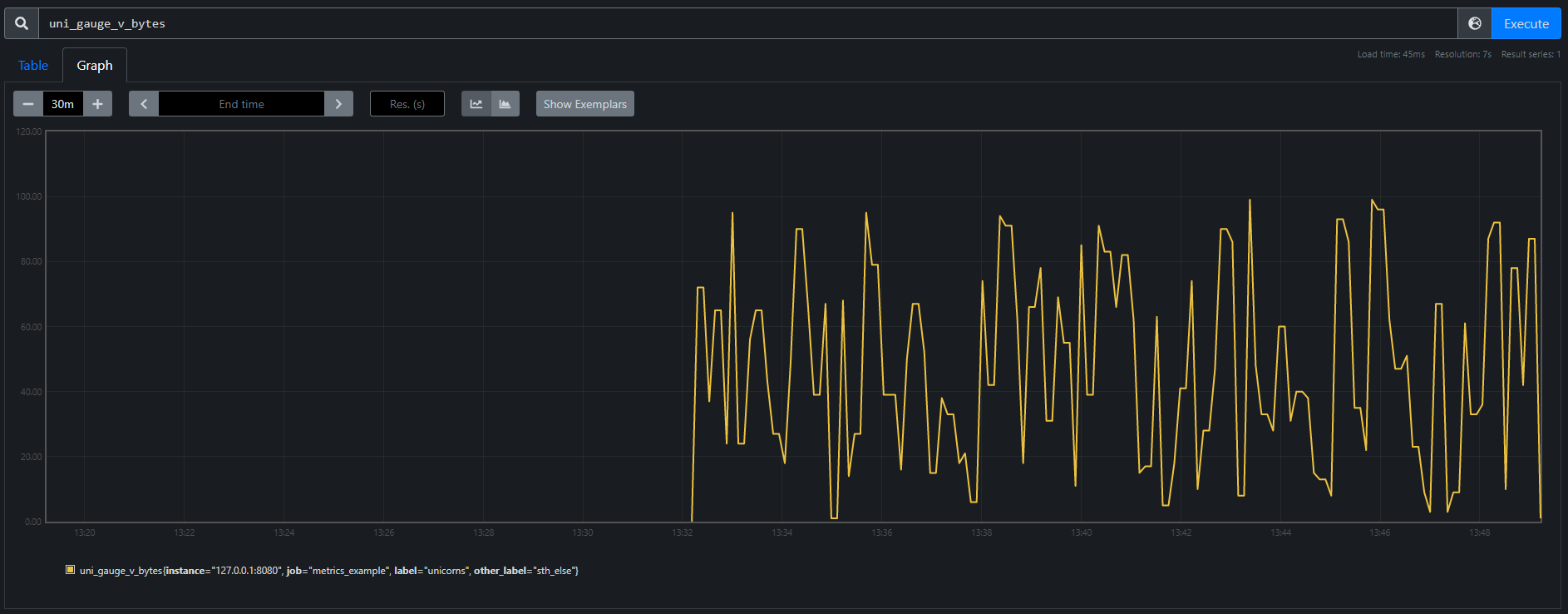
SP-Lang: Category theory in the wild
Our techonology uses a stream processing language called SP-Lang. SP-Lang is aimed at people who don’t program, with a comparable simplicity to, e.g. spreadsheet macros or SQL. SP-Lang tries to do as much heavy lifting transparently for the user as possible.
On the other side, SP-Lang is compiled down to the machine code of the CPU for the best possible performance.
We recently encountered several interesting problems that demonstrate how seemingly abstract category theory finds its practical applications and helps us solve these problems sustainably.
Dictionary and type inference
The dictionary (or a map) is a type that composes two types into a pair. There is a type of key Tk, and a type of value Tv.
These two types are composed into a dictionary type of {Tk:Tv}.
Our goal is to avoid explicit type specifications as much as possible because our users don't understand the concept of types.
It means that we need to infer types from clues in the code.
It represents a challenge for a dictionary because you can have various types of different values and keys in the dictionary.
Note: A similar issue is found in the list type, which is the other container type.
Practically, this problem is illustrated in following example:
{
"Key1": "Hello!",
"Key2": 123
}What is the type of this dictionary?
The first value is a string "Hello!" and the second is an integer 123.
Let's try to write a type signature for it:
{ str : ( str + si64 ) }stris for a string typesi64is for an integer type (Signed Integer 64bit)
The type ( str + si64 ) is a so-called "sum type", using the terminology of the category theory.
You declare that the value can be of a string type PLUS an integer type.
We added one type to another using a logic operator of + (PLUS).
The "sum type" is an algebraic type for this reason.
It allows adding (PLUS or SUM) one type to another.
Note: An algebraic operator of + (PLUS) is equivalent to | (OR) in this context.
The alternative name of the "sum type" is "COPRODUCT".
Type inference can construct this sum type from the type clues in the code itself.
Type any
There is a particular type in SP-Lang: any. This type is a sum of all possible types in SP-Lang.
We can extend the above example:
{ str : any }And the type signature is valid.
The any type is a fundamental building block for sum types, and it is very powerful.
However, there is a downside to this: it is less efficient than using scalar types because there is a particular overhead in a runtime of a compiled SP-Lang.
Tuples with None items
Another problem we encounter is that people want to use tuples as dictionary keys (that's ok), but some of the tuple members could be None.
It looks like this:
{
("One", 1): "Foo",
("Two", None): "Bar",
}Please notice None in the second key of the dictionary.
Naively, you would type this dictionary as:
{ ( str, si64 ) : str }... but this doesn't allow None in the tuple.
So the sum type has to come to help us again:
{ ( str, ( si64 + None ) ) : str }... and yes, None is a type.
We state that the second member of a tuple can be either an integer PLUS (OR) None.
For the sake of completeness, any type can be employed here as well:
{ ( str, any ) : str }Conclusion
SP-Lang has a wide spread of goals: very high performance on one side the ease of use for language users on the other side. It represents a lot of work that SP-Lang has to do instead of the user. In these specific cases, it is about the SP-Lang approach to types. SP-Lang is designed to avoid explicit type specifications. It provides a similar feeling to the user as Python or SQL regarding types. Users can simply avoid them completely, so they have one less thing to worry about. On the other hand, because the SP-Lang is compiled into the machine code, types have to be explicitly known during compilation. Figuring types in runtime slows the execution a lot (see Python).
To solve this, SP-Lang is using type inference. It is a powerful technique that uses clues provided by the user in the code to infer types automatically. The type inference feels a bit magical, and for sure, it is a complex algorithm. The tricky part is how to make it right. "Right" means sustainable in this context. We want to build more language features on top of it.
And this is where category theory, algebraic types, and particularly sum type helped us. It provides proof that we correctly analyze and solve practical problems that we meet in the wild.
Most Recent Articles
- A beginner-friendly intro to the Correlator for effective cybersecurity detection
- Inotify in ASAB Library
- From State Machine to Stateless Microservice
- Entangled ways of product development in the area of cybersecurity #3 - LogMan.io
- Entangled ways of product development in the area of cybersecurity #2 - BitSwan
You Might Be Interested in Reading These Articles

Entangled ways of product development in the area of cybersecurity #3 - LogMan.io
At that time I lived in Prague for a short time, which is not a very friendly place to live, but it allowed me to go to the office almost every day. A bigger surprise awaited Vlaďka and Aleš when I told them that I was going to move to a house almost eighty kilometres from the office and that I would need to be mainly at the home office.
Published on January 15, 2023

Log Management: Pre-implementation analysis
Pre-implementation analysis is a preparatory phase on the way to deploying a functional cybersecurity management system, i.e. TeskaLabs SIEM and security event management, Log Management. It is an integral and essential part of the entire implementation process, as it helps uncover any potential risks that may arise when deploying the mentioned SIEM and log management tools.
Published on September 15, 2022

Don't worry, ASAB and the universe can be fixed
How do my first sprints in TeskaLabs look like? Sheer desperation quickly turns into feelings of illumination and euphoria. And back. I've also made a few new friends and learned a thing or two about flushing metrics. The digital adventure begins.
Published on February 15, 2022
